Sigma 19mm Dn F 28 Art Vs Non Art
2 broad-angle primes Sony APS-C E-mount users will be familiar with are the Sigma 19mm f/ii.8 DN Fine art and the Sony East 20mm f/two.8. Both offer an angle of view that isn't far off the 28mm equivalent, making them a popular selection amongst photographers who mostly shoot street with wide angle lenses, likewise as those who enjoy landscape and cityscapes.
Considering the 2 lenses are very like on paper, nosotros decided to comport this side-by-side comparison to see how they actually perform out in the field on our a6300. We promise information technology helps you lot come to a decision nigh which one to buy!
Ethics statement: We bought the Sony 20mm f/2.viii for our own personal utilise whereas the Sigma 19mm f/2.8 was loaned to us for 2 weeks. We were not asked to write anything nearly these products, nor were we provided with any sort of bounty. Within the article, there are affiliate links. If you lot buy something after clicking the link, we will receive a small commission. To know more about our ethics, you can visit our full disclosure page. Thanks!
[toc heading_levels="2″]
Principal Specifications
Sigma 19mm f/ii.8 DN Art
- Mountain: Sony E-mount
- Format: APS-C
- Focal length: 19mm (28.5mm in 35mm equivalent terms)
- Lens configuration: 8 elements in half dozen groups
- Lens coating: Super Multi-Layer Blanket
- Angle of view: 59.3°
- Minimum focusing distance: 20cm
- Magnification: 0.135x
- Aperture blades: seven round blades
- Aperture range: 2.8 to 22
- Filter diameter: 46mm
- Weather condition-sealing: N/A
- Optical stabilisation: Due north/A
- Dimensions: sixty.8 ten 45.7mm
- Weight: 150g
Sony E 20mm f/2.viii
- Mount: Sony E-mountain
- Format: APS-C
- Focal length: 20mm (30mm in 35mm equivalent terms)
- Lens configuration: 6 elements in 6 groups
- Lens coating: Northward/A
- Angle of view: 70°
- Minimum focusing distance: 20cm
- Magnification: 0.12x
- Aperture blades: 7 round blades
- Discontinuity range: ii.8 to xvi
- Filter bore:49mm
- Weather-sealing: Due north/A
- Optical stabilisation: N/A
- Dimensions: 62.6 x 20.4mm
- Weight: 69g
Design and ease of employ
Despite having more than or less the same circumference, the Sigma 19mm is approximately twice the height and weight of the Sony 20mm pancake lens. That being said, both lenses are very low-cal and meaty and accommodate all cameras in the a5000/a6000 serial perfectly.
The Sigma is mostly made of high quality plastics with a brass bayonet mount whereas the latter has an aluminium shell with a moulded plastic interior and a metal mount. Sadly neither lens features weatherproofing, so take intendance when using them outdoors in inclement atmospheric condition.
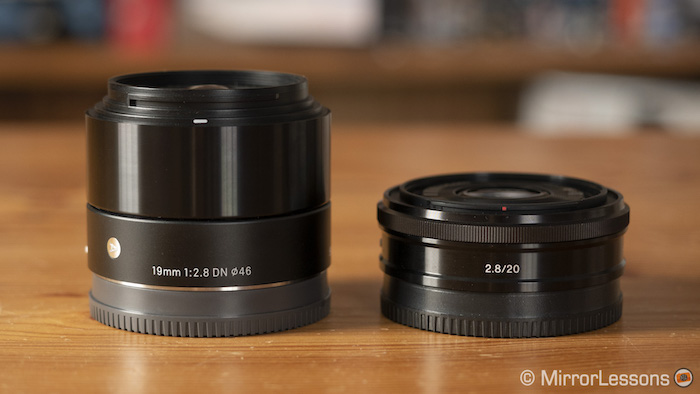
In terms of physical features, at that place isn't all that much to talk about. Both have a fly-by-wire focus band but that of the Sony is sparse and ridged while the Sigma'due south is fairly large and smooth. Other features they have in common are a filter thread, clip-on lens cap and twist-on lens plastic hood. Somewhat annoyingly, y'all can't attach the hood and cap to the Sony lens at the same time.
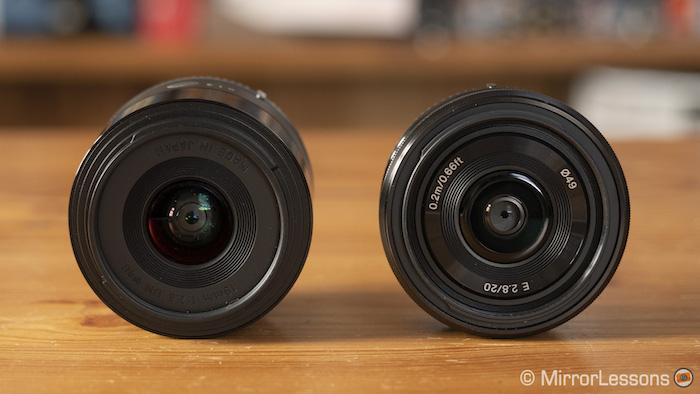
The ii lenses utilize dissimilar motor types – a stepper motor on the Sony and a linear AF motor on the Sigma – just both are capable of precise and quiet autofocusing.
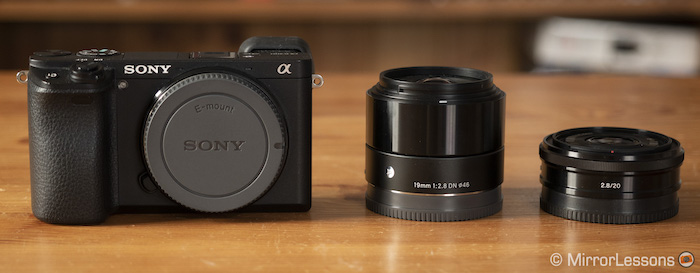
The samples you see here both have a black stop but for those who ain a silver APS-C body, it'southward worth keeping in heed that there is also a silvery version of the Sigma lens.
Optical quality – Through the lens
Of import note: Sony RAW files aren't automatically corrected when yous import them into an imaging software such equally Adobe Lightroom. To obtain the all-time results, yous have to apply the correct lens profile in the Lens Corrections department, which is what I've done for all the images in this section. If you mostly use SOOC JPGs, y'all can gear up the lens corrections (shading, chromatic aberration and distortion) in the Lens Comp. card to Automobile.
Sharpness
First permit's take a look at the sharpness of these 2 lenses taken at a distance of around 5m.
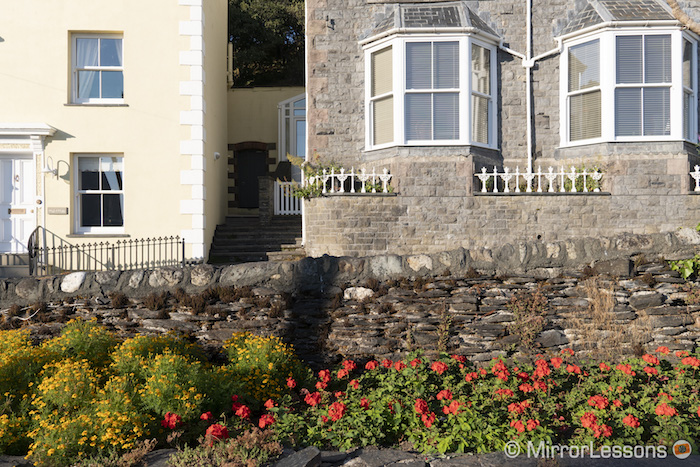
At the centre, you'll notice that the Sigma 19mm is visibly sharper than the Sony 20mm at their shared fastest aperture of f/ii.8.

Once you finish down to f/iv and f/five.6 even so, the differences are so small that it becomes difficult to tell the two lenses apart. That said, I would nonetheless say the Sigma retains a very small-scale advantage over the Sony. These are too the values at which both lenses display the best functioning.


Both lenses get-go to lose some sharpness from f/8 onwards merely only become unusably soft at f/16. Once once more, information technology is very difficult to tell the two apart if we wait at sharpness solitary.



Turning to the corner performance, there are even fewer differences to mention. Perhaps the simply thing worth pointing out is that the Sony – in the accented farthermost corners – is softer than the Sigma upwards until f/8. Below yous tin can see some examples taken at f/ii.8, f/5.vi and f/xi.



Peak performance is found at effectually f/five.6 in the case of both lenses but all values upward to f/11 are fairly proficient.
Bokeh / Minimum focus altitude
Few people would buy a broad-bending prime primarily for its bokeh qualities simply since both the Sigma 19mm and Sony 20mm share a reasonably fast maximum discontinuity of f/two.8, it'south worth taking a quick await at how the background mistiness compares.




Every bit y'all tin see from the two examples above, the rendering is extremely similar with the exception of the bokeh balls which are rounder in images taken with the Sony lens. I wouldn't call the bokeh specially pleasant simply if yous use the lenses at their shared minimum focus distance of 20cm, you can get decent results.
Flare
Although the Sigma benefits from Super Multi-Layer Coating to reduce flare and ghosting, we plant in our tests that the two lenses actually perform in a very similar manner in terms of flare resistance. If the dominicus is in your frame, you can expect a green orb of some shape or form to announced in your image as you can see in the examples below.
If the lite source is outside your frame, you should have fewer issues with flare if you adhere the provided lens hoods.
Chromatic abnormality
Both lenses suffer from some lateral chromatic aberration in areas of loftier contrast but in the case of the Sigma, it is much more notable fifty-fifty at f/5.6. With the Sony, it ordinarily disappears by f/4. As always, yous tin make clean it up quite nicely in post-production software applications such as Lightroom, so I don't consider it a huge business organization.
Baloney and Vignetting
Equally with whatever broad-angle lens, moderate barrel distortion is a given. If you brand certain to apply the right lens profile either in-camera or in a mail-production software to the two lenses, it shouldn't pose a problem in whatever of your images. Below yous tin run into the divergence between images that have been corrected with the profile and those that have not.
Happily neither lens shows whatsoever stiff vignetting – not even at f/2.eight – so that's one less matter to worry most!
Field of view
The difference in field of view is exactly what yous'd expect from these two lenses: the Sigma is marginally wider than the Sony but not and so much that it would make a big deviation to how or what y'all shoot. Y'all tin can see the deviation past toggling back and forth between the 2 images below.
Autofocus operation
To test the autofocus of the 2 lenses, I used the Sony a6300. It has a hybrid autofocus organisation which comprises 425 phase detection AF (PDAF) points and 169 contrast detection points.
There is very little to say against the autofocus mechanism of the Sony lens. Despite being a adequately one-time production, it is quick in good light in both single AF and continuous AF, specially when combined with the phase detection autofocus system (PDAF) of the latest Sony bodies, and only slows down a little in poor lite atmospheric condition or scenes with trivial contrast.
The Sigma, on the other hand, is fast in Due south-AF mode but somewhat more than sluggish in C-AF because the PDAF squares simply work at the very center in Wide, Zone or Expand Flexible Spot mode. In whatsoever of the other modes and anywhere else beyond the frame, the lens relies on dissimilarity detection autofocus. That said, the 19mm is a wide angle lens, so you'll rarely need it for moving subjects anyway.
The AF mechanism of both lenses is very quiet, making them useful for stills and video piece of work.
Manual focusing
The fly-by-wire manual focusing feel of both lenses is fine but betwixt the two, we tend to prefer the Sony's focus ring because it has a ribbed blueprint that's easier to grab onto.
The time information technology takes to travel from infinity to the minimum focus distance on the Sony depends on the speed at which you turn the band: turning it quickly takes ane/4 of a turn whereas turning information technology slowly requires near three/iv of a plow. The Sigma requires a 3/four plow regardless of how fast or slow you plow the ring.
Conclusion
Unlike another lenses I've compared, I detect that overall the Sony 19mm and Sony 20mm provide a very similar user experience, so much that I'd sometimes even forgot that I was using 1 instead of the other. Yes, the Sony is physically a smaller lens to exist sure, simply you don't really perceive the added weight of the Sigma in one case information technology'southward attached to the camera torso.
The only real divergence that could have an impact on your conclusion is the toll. As of today, a make new re-create of the Sigma 19mm will gear up you back approximately $170, which is a steal because that the Sony 20mm is around twice the price. Gene into this the fact that the Sigma is sharper than the Sony at f/2.8 and in the corners, and it shortly becomes articulate which is the better deal.
The sole advantage the Sony retains over the Sigma is its compatibility with PDAF merely since we are dealing with broad-angle lenses, in that location isn't much to be gained from having fast C-AF performance unless you need information technology for specific activeness shots.
Choose the Sigma 19mm f/ii.8 if you:
- want to spend as little as possible on a wide-bending lens for your Sony APS-C photographic camera
- want the best sharpness
- don't care about stage detection AF
Choose the Sony 20mm f/2.eight if you:
- desire the most compact wide-angle lens possible
- feel you lot might need stage detection AF for some reason
Check the cost of the Sigma 19mm f/two.eight on
Amazon | Amazon Great britain | B&H Photo | eBay
Check the cost of the Sony 20mm f/ii.8 on
Amazon | Amazon Great britain | eBay
You may also be interested in:
- Samyang Rokinon 50mm AF vs. Sony Atomic number 26 55mm f/1.viii
- Sony 35mm f/ane.viii vs Sigma 30mm f/1.4 vs Sigma 30mm f/ii.8
- Sigma 16mm f/1.4 vs Sony 16mm f/2.8
- Sony 35mm f/1.8 vs 50mm f/1.8
Sample Images
Sigma 19mm f/ii.eight DN Art








Sony E 20mm f/two.viii





Source: https://mirrorlesscomparison.com/e-mount-lenses/sigma-19mm-2-8-vs-sony-20mm-2-8/
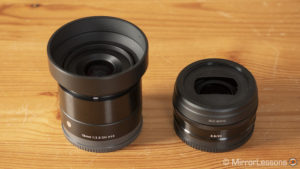
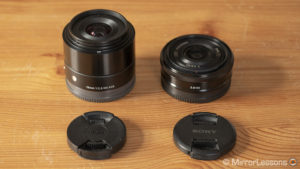


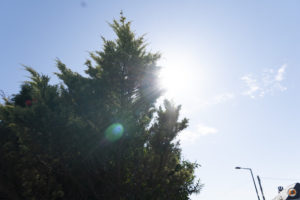
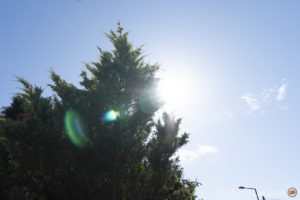
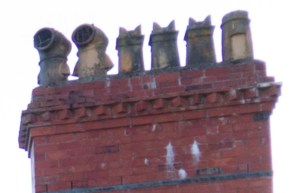
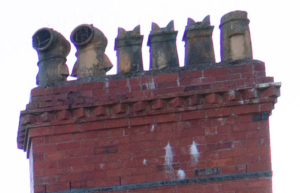
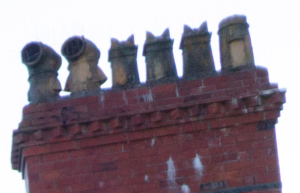

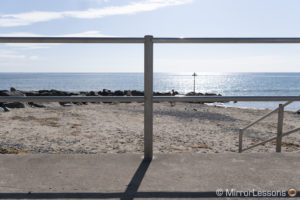
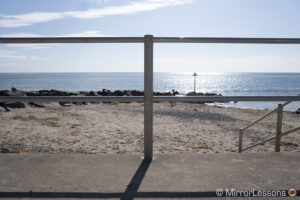
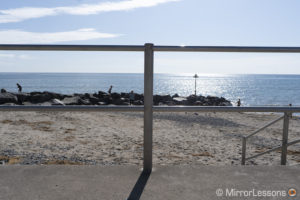
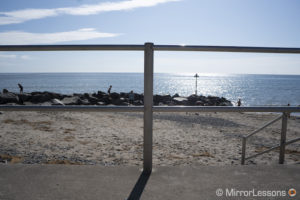

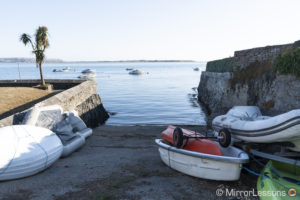
0 Response to "Sigma 19mm Dn F 28 Art Vs Non Art"
Yorum Gönder